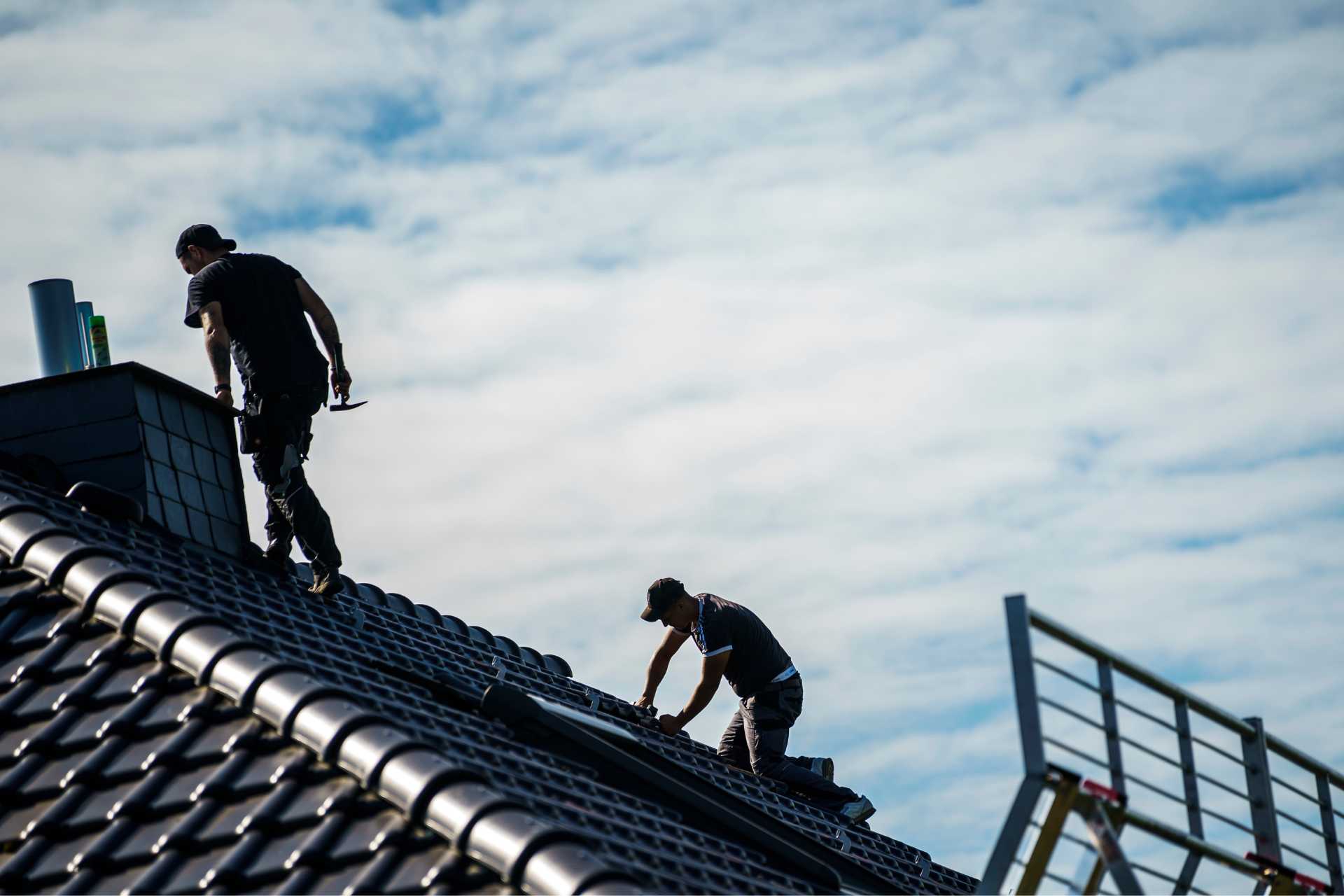
Get the latest climate technology news directly to your inbox.
Can direct lithium extraction scale?
Energy companies, automakers, and the government are all betting on this technology to transform the industry. But uncertainties abound.

Photo credit: David McNew / Getty Images

Photo credit: David McNew / Getty Images
No one comes to Silver Peak, Nevada for silver anymore.
Today the 150-person “census designated place” is known for a different silvery metal: lithium. Tucked into a quiet valley along the state’s western edge is the entirety of the United States’ active lithium production, a patchwork of azure ponds gently baking in the desert sun.
Heightened lithium demand for battery and electric vehicle manufacturing has prompted the mine’s owner, Albemarle, to propose expanding its Silver Peak operation. But a quick glance around the site reveals why this might be problematic. With no moisture visible for miles in every direction, expanding lithium operations here would entail, quite literally, sucking water from stone.
That has local conservation groups worried. “There’s not a lot of people who live right near there, so there hasn’t been much community opposition,” concedes John Hadder, the director of Great Basin Resource Watch. But if the mine expands, he said, “I expect that dynamic would change.”
In this respect, Silver Peak is emblematic of a broader challenge facing the U.S. lithium industry. Since the Biden Administration’s call to scale up domestic production in 2022, new mines have struggled to overcome concerns about their environmental impact. That has left the industry at an impasse, caught between the demands of the clean energy transition and those of local communities and ecosystems.
But an emerging technology promises a way around these obstacles. And everyone from Ford to Chevron to the federal government is betting on it succeeding.
Faster, cleaner, cheaper
Today, nearly all of the world’s lithium is produced in one of two ways: it is extracted as an ore from an open pit mine, or it is pumped from the earth as a brine and left to settle in an evaporation pond. But a technology called direct lithium extraction, or DLE, could offer a third option, effectively allowing producers to filter lithium out of brines before re-injecting them into the earth.
There are several ways to accomplish this, said Corby Anderson, director of the Kroll Institute of Extractive Metallurgy at the Colorado School of Mines. Each technique, he explained, involves “an active agent where, with some degree of selectivity, you can exchange or adsorb ions of interest — in this case lithium.” That “active agent” can be a membrane, a solvent, or an ion exchange.
Once this has been accomplished, continued Anderson, “you can remove the substance away from the source of the ion you’re interested in… And then you can strip it or elute it and have a pure or more concentrated solution.”
The upsides to DLE are huge. The process produces lithium at higher yield rates and on quicker timeframes than traditional methods, hypothetically allowing companies to scale production up and down as the market demands. It also uses only a fraction of the land required by traditional methods. Whereas evaporation ponds can stretch beyond 3,000 acres and open pit mines can top 5,000 acres, experts predict that the average commercial DLE operation would be around 50 acres. Finally, re-injecting spent brines underground dramatically reduces the operation's water footprint, making it more attractive for arid locations like Nevada.
All told, Goldman Sachs research found that commercial application of DLE technology could nearly double global lithium output, transforming the industry in a manner that the investment bank compares to the shale revolution for oil.
These qualities have understandably generated substantial excitement from those anxious to see the U.S. become a reliable lithium producer. Major automotive companies (including BMW, Ford, and GM), energy companies (such as Chevron, ExxonMobil, and Oxy), and even the Department of Energy have invested vast sums into the technology in the past three years.
But whether DLE can revive a flagging U.S. lithium industry remains an open question. Though first pioneered by Dow Chemical back in 1979, DLE technologies today account for just a tiny portion of global production, with only modest commercial-scale applications in Argentina and China. That’s because producers face a series of technological hurdles to scaling it.
“Things that work at a lab bench scale don’t always work at a larger scale,” said Michael McKibben, a research professor in the University of California Riverside’s department of earth and planetary sciences. McKibben sits on the technical advisory committee for Berkshire Hathaway Energy Renewables, which is developing a DLE operation in southern California.
A slew of challenges have impeded the technology’s scale so far, including getting solvents and ion exchangers to adsorb only lithium ions, protecting equipment against hot, corrosive brines, and accounting for changing fluid dynamics as machinery becomes larger.
Moreover, McKibben continued, “each brine has its own unique set of conditions that have to be adapted to. Because the matrix of each brine is slightly different, the way you selectively pull lithium out varies from brine to brine.”
In other words, the processes that work in Argentina and China may not be applicable to brines from California or Arkansas, forcing producers to effectively redesign the technology at each project site.
Heating up
Despite the challenges bedeviling DLE, a throng of developers have in recent years announced new ventures to demonstrate and deploy the technology. Some of the most advanced project developers include:
- EnergyX, which is developing demonstration projects in California, Utah, and Arkansas and anticipates commercial production by the end of 2025;
- Albemarle, which is testing its DLE technology in Arkansas but does not yet have an anticipated date of commercial production;
- Standard Lithium, which shared positive results from DLE tests at its Texas location, but has yet to announce a plan for commercial production;
- Berkshire Hathaway Energy, which has plans to deploy DLE at its geothermal plants in California but has not set a date for commercial production;
- ExxonMobil, which expects first production from its Arkansas site in 2027;
- Anson Resources, which is deploying DLE at a site in Utah but has not yet set a date for commercial production;
- Pure Energy Minerals, which has secured permits for a DLE project in Nevada but has not specified a commercial production date;
- Morella, which plans to commercially produce lithium from existing oil and gas wells in Nevada by 2026;
- Lilac Solutions, which expects to reach commercial production at Utah’s Great Salt Lake by early 2027; and
- EnergySource Minerals, which expects to begin producing lithium from its California site in 2027.
Lilac Solutions, for one, has already begun constructing a demonstration plant at its Utah site, which CEO Raef Sully expects to begin operating in July or August of this year. The company is planning to scale up to extracting 5,000 metric tons in the next three years. Sully told Latitude Media he is not worried about either scaling or the plant’s environmental impact.
“The technology is ready to scale now,” he said, noting that Lilac’s ion-exchange beads have worked on over 70 different brines. Moreover, he said, concerns over lithium’s water requirements (which have delayed other non-DLE lithium projects in Utah) are actually a boon for Lilac.“With the way the process works out, we’re actually putting water back in [to the lake],” he added.
EnergySource Minerals’ CEO Eric Spomer is similarly bullish. The company plans to break ground on its southern California operation — called Project ATLis — this year, with commercial production beginning in 2027. That project, Spomer said, will produce 20,000 metric tons of lithium each year, or enough lithium to generate batteries for up to 500,000 EVs.
McKibben, for his part, thinks it is reasonable to expect companies to begin producing lithium with DLE within two to three years, despite the major hurdles they still face. A lot of money is riding on them doing so.
But, he cautioned, “they’re still developing the technique, they still have to scale up.”
Editor's note: This story was updated on April 15 to 1) clarify that McKibben sits on the technical advisory committee for Berkshire Hathaway Energy Renewables, not the advisory board for Berkshire Hathaway Energy, and 2) to correct the fact thatEnergySource Minerals expects to begin producing lithium from its California site in 2027, not 2025.
From podcast ads to drop-in episodes, see how you can position your brand as a thought leader on the Catalyst and Carbon Copy podcasts.

From podcast ads to drop-in episodes, see how you can position your brand as a thought leader on the Catalyst and Carbon Copy podcasts.

From podcast ads to drop-in episodes, see how you can position your brand as a thought leader on the Catalyst and Carbon Copy podcasts.

From podcast ads to drop-in episodes, see how you can position your brand as a thought leader on the Catalyst and Carbon Copy podcasts.






